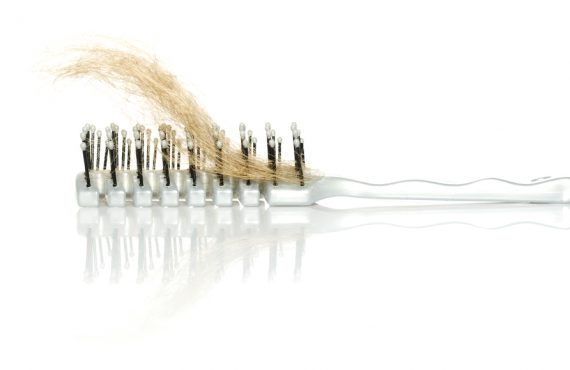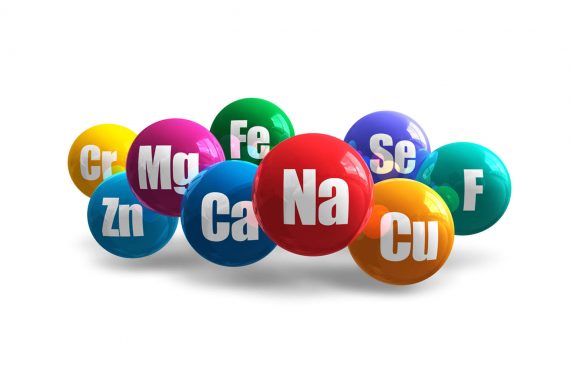Another class of allergies is commonly referred to as central nervous system allergies. These are reactions that detrimentally affect one’s emotions and behavior. The causes of these allergies are, in many instances, the same as those discussed in our previous blog posts. The principal difference is that they specifically affect brain function, so that reactions are particularly noticed in one’s behavior and attitude.
Biochemical mechanisms primarily responsible for brain allergies include;
- excessive histamine release in the brain due to an elevated copper level, or zinc deficiency.
- alterations of vitamin, or other mineral levels in the brain due to foods, or exposure to toxic metals.
- changes in blood sugar levels due to diet, stress, or adrenal insufficiency. The brain is extremely sensitive to both low and high blood sugar levels.
- specific neuro-chemical effects of food additives such as Nutra-Sweet which contains phenylalanine, a neuro-active amino acid.
In the majority of cases of central nervous system allergies, we find that a copper imbalance plays a vital role. Research confirms that a copper toxicity problem causes a zinc deficiency, which in turn may result in a rise in tissue sodium levels. A high sodium level, in turn, is responsible for many of the symptoms associated with brain allergies.
Common symptoms of brain allergies in children are hyperactivity, learning disorders and concentration deficit problems. In adults, a high sodium level frequently manifests itself as manic-depressive disorders, hyperactivity, anxiety and various phobias.
Central nervous system allergies are handled the same way as other allergies. Imbalances in body chemistry need to be identified and corrected. The hypothalamus-pituitary-adrenal axis needs to be restored to normalcy. Offending foods have to be avoided for a time. Digestion also needs to be improved.
Allergies As A Symptom Of Burnout
A common hair analysis pattern noted in allergy patients is a low sodium/potassium ratio (less than 2.5:1). We call this a burnout pattern, because it is associated with adrenal exhaustion.
Allergies are a common sign of adrenal burnout. The exhausted adrenal glands simply cannot provide sufficient cortical hormones required to prevent allergic reactions.
Another common hair analysis pattern in allergy sufferers is what we refer to as an all-four-low mineral pattern. The first four minerals on the chart (calcium, magnesium, sodium and potassium) are below normal accepted values. This too, is a burnout pattern, one in which the person is under unrelenting stress, thus preventing recovery of the adrenal glands. Allergies usually accompany this particular mineral pattern.
A final hair analysis mineral pattern that is often seen when allergies are present is that both sodium and potassium levels are rock bottom, below 6 mg% for sodium and below 4 mg% for potassium. Again, this is a mineral pattern commonly associated with severe adrenal exhaustion.
Very often, in order to correct an allergy problem it is necessary to correct the underlying burnout condition. Otherwise we are just relieving symptoms and the associated allergies will never be permanently eliminated.
Source: www.arltma.com








